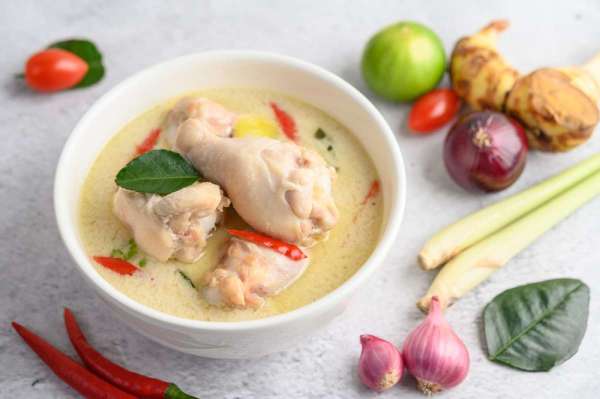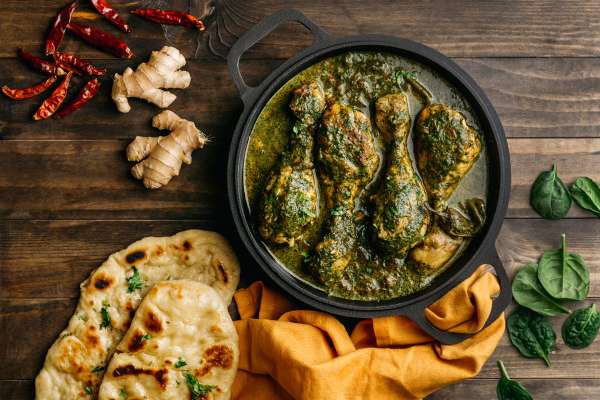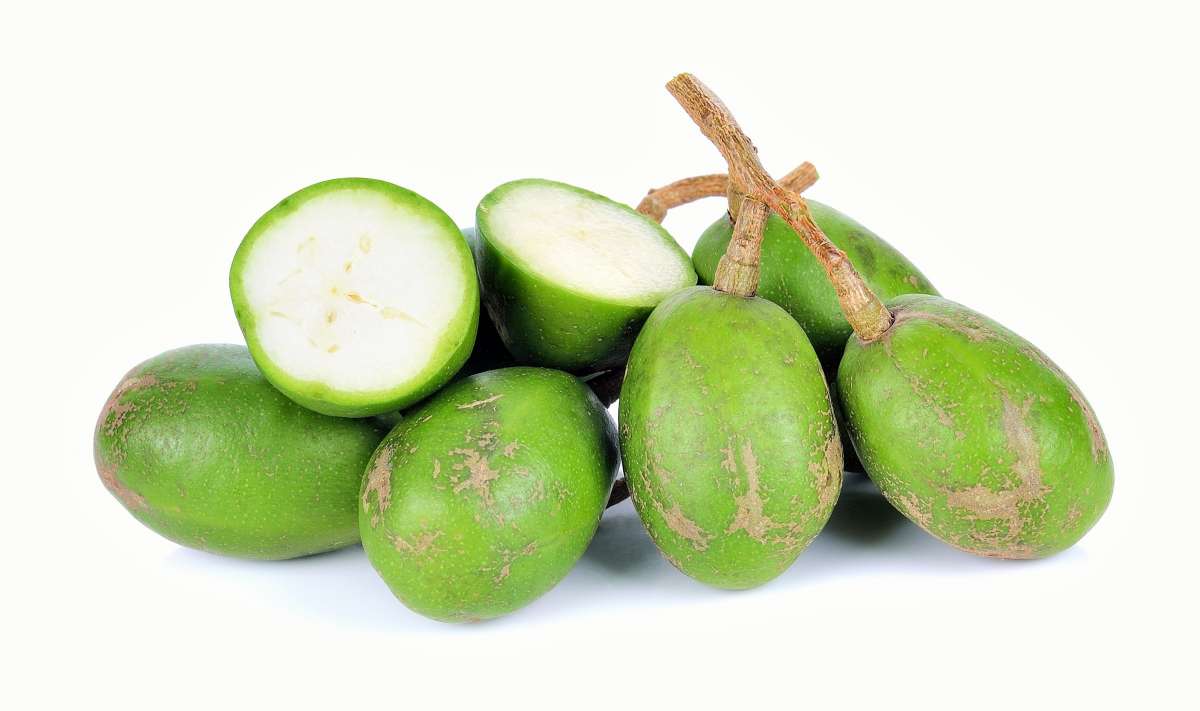
Taste plus health with sweet and sour hog plums
Locally grown, the juicy yet sour hog plums are intrinsic to our culinary culture

Hog plums or ambade occupy a special place as souring agents in our Indian cuisine. This tangy, green fruit is used to make an array of dishes — spicy and sweet chutneys, jams and pickles. It is even enjoyed when sliced and eaten by sprinkling some rock salt and red chilli powder on it.
Botanically called Spondias, hog plums are available during the monsoon months and are known as Indian mombin, Spanish plums or wild mango. But they are neither plums not mangoes nor apples — they belong to the cashew family.
Enriched with vitamin C and antioxidants, this fruit is locally known as amra in Bengal and ambade in Goa and Karnataka. The slightly elongated fruit resembles a raw green mango with a soft pit within. After it ripens, the pit hardens and becomes fibrous and is no longer edible. Indian hog plums are sweet, juicy but still sour when they are soft and ripe. Here’s looking at some of the delicacies using this tangy fruit.
Ambade karam, Goa
Goan Saraswats usually eat their ambade with prawns or fish curries, but there are other recipes in which the fruit shines. One such example is Ambade Karam. Saraswat homes cannot do without this traditional dish using tender hog plums, coconut and jaggery. The tartness of hog plum is balanced by the generous use of jaggery and coconut. First, lightly smash the fruit. In a pan, dry roast asafoetida, green chillies, peppercorns and coconut on a slow flame. Next, blitz the roasted coconut mixture, tempered mustard, hog plum flesh, jaggery, salt with minimal water. Add this chutney and the crushed hog plums and allow it to cook on a slow flame. When the moisture dries up, adjust the sweetness by adding more jaggery if required. Serve with chapatis or rice. Goans even prepare Karathe Ambade, using ambade along with karela.
Amrar tok jhal chutney, West Bengal
What’s the monsoon without some tangy chutneys? This sweet and sour chutney is made by peeling off amra fruit and mixing it with salt. Heat mustard oil in a pan and add panchforon (Bengali five spices), bay leaf, whole mustard seeds and dry chillies. Add water and sugar to make a thin syrup. Next, add the peeled hog plums to it and let it boil for some time until it becomes tender. When the water is completely absorbed, sprinkle some black pepper on it, and the chutney is ready.
Aambaadya sansav, Karwar
This is a tangy and spicy curry that is popular during Ganpati and Diwali celebrations. Soak the hog plum in water for half an hour. Meanwhile, grate coconut and mix with coriander seeds, dry chilies, turmeric powder and jaggery to make it a coarse mixture. In a pan, heat oil and allow mustard seeds to crackle. Add curry leaves and ambade and toss well. Cover and cook for few minutes. Add the ground masala, salt and let it simmer for five minutes. Add water as required and cook for around 10 minutes more. Serve hot with dal and rice.
Amtekai saasime, Karnataka
Peel the skin of the fruit and boil with enough water until it turns soft. Discard the water. Mash the boiled fruit lightly, mix with jaggery and salt and keep aside. Meanwhile, make a paste of grated coconut, garlic, cloves, red chillies, and mustard seeds using very little water. Add this paste in a vessel and heat it. When it starts bubbling, add the hog plum mix, little water and salt and simmer on low flame for five minutes. Switch off the gas once the desired consistency is reached. This preparation goes well with steamed rice.
Do you know of any other Indian hog plum dishes? Share in the comment section below.
Tags
0 Comment
You may also like
-

Kitchen stories Best of 2025: the year in search and 3 viral chicken recipes
by Vikhroli Cucina
-

Kitchen stories The weekend chicken curry Christmas special: The Kerala Chicken Stew
by Vikhroli Cucina
-

Kitchen stories Gothic gastronomy: A Halloween menu of edible illusions
by Vikhroli Cucina
-

Kitchen stories The weekend chicken curry: Pahari Murg with Godrej Real Good Chicken
by Vikhroli Cucina

